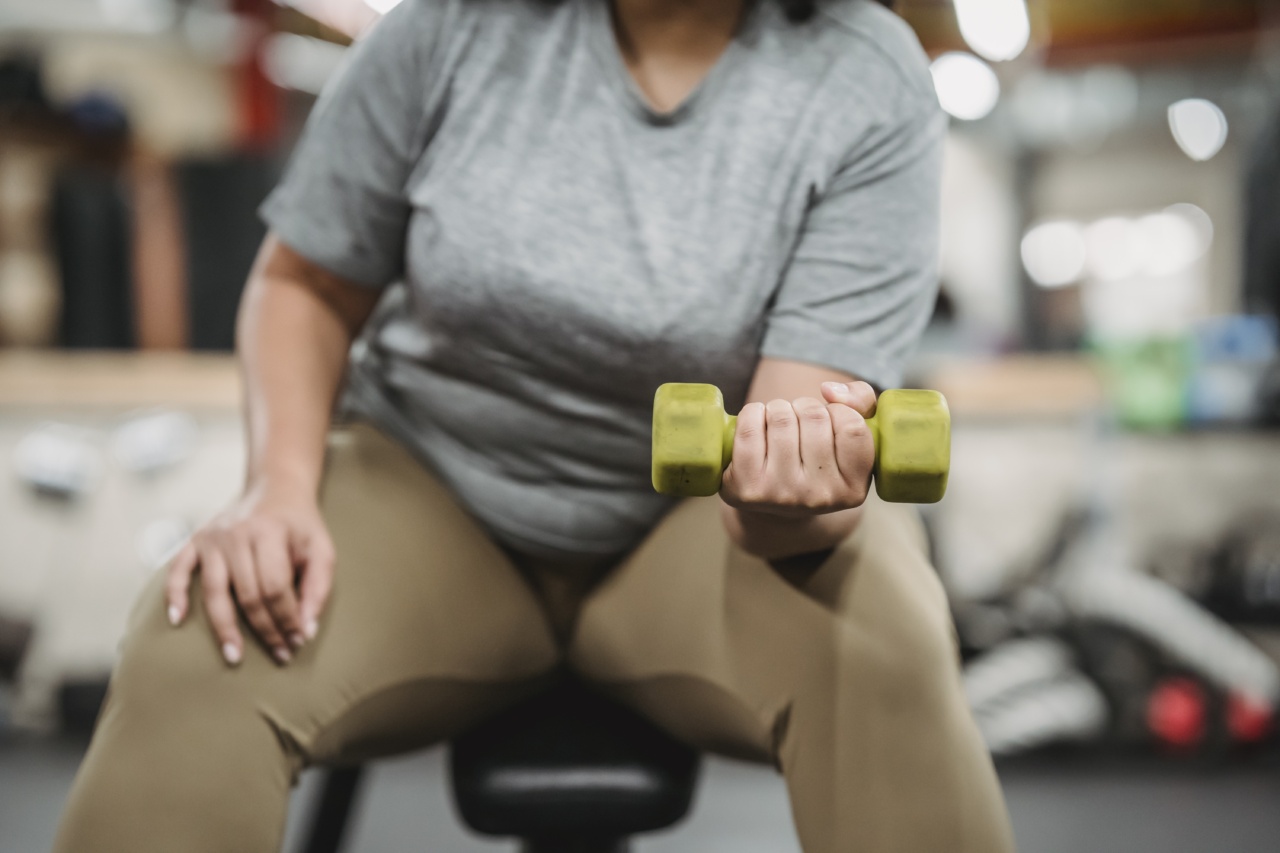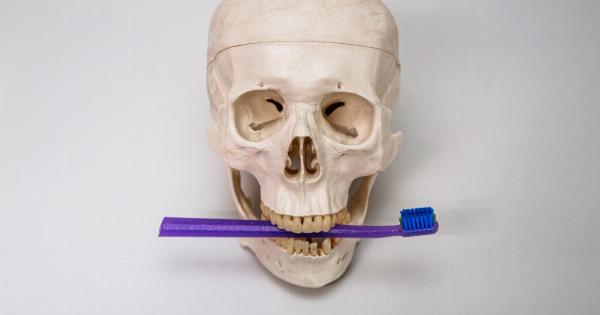Sarcopenia is a condition characterized by the deterioration of skeletal muscle mass, strength, and function that increases with age.
As we age, we naturally lose muscle mass and strength, but women are more prone to developing sarcopenia than men due to several factors, including hormones, lifestyle, and physiology. In this article, we will explore the reasons why women are more susceptible to sarcopenia and what they can do to prevent or slow down muscle loss.
Physiology and Hormones
One of the main reasons why women are at greater risk of developing sarcopenia is due to their lower muscle mass and strength compared to men.
Women typically have less muscle mass due to their lower levels of testosterone, a hormone that is responsible for muscle growth. Additionally, women have a higher percentage of body fat than men, which could lead to a lower percentage of muscle mass.
Another factor that affects women’s muscle mass is menopause. During menopause, women experience a decline in estrogen levels, which contributes to the reduction of muscle mass and strength.
Studies have shown that women in their postmenopausal stage can lose up to 3-5% of their muscle mass per year, making them more prone to developing sarcopenia.
Lifestyle Factors
Lifestyle factors such as diet and exercise also play a significant role in the development of sarcopenia. A sedentary lifestyle, poor nutrition, and low protein intake can contribute to muscle loss.
Women who are less physically active tend to lose more muscle mass than those who engage in regular physical activity.
Additionally, women tend to eat less protein than men, which is essential for muscle growth and repair. According to studies, protein intake should be around 1.2-1.6 grams per kilogram of body weight per day for optimal muscle growth and maintenance.
Unfortunately, most women do not eat enough protein, which can lead to muscle loss and sarcopenia.
Preventive Measures
There are several preventive measures that women can take to slow down or prevent muscle loss. Regular physical activity is one of the most effective ways to maintain muscle mass and prevent sarcopenia.
Resistance training, such as weightlifting, has been shown to be particularly beneficial for increasing muscle mass and strength in women.
In addition to exercise, a balanced diet that is rich in protein can also help prevent muscle loss. Women should aim to consume at least 1.2-1.6 grams of protein per kilogram of body weight per day.
Foods that are high in protein include chicken, fish, eggs, and dairy products. Supplementation with protein powders can also be helpful if you are struggling to meet your daily protein requirements.
Conclusion
Sarcopenia is a common condition that affects both men and women, but women are more prone to developing it due to their lower muscle mass and strength, as well as lifestyle factors such as diet and exercise.
While sarcopenia cannot be completely prevented, women can take measures to slow down muscle loss by engaging in regular physical activity, maintaining a balanced diet that is high in protein, and potentially supplementing with protein powders. By taking these preventative measures, women can maintain their muscle mass and function as they age and improve their overall health and quality of life.






























